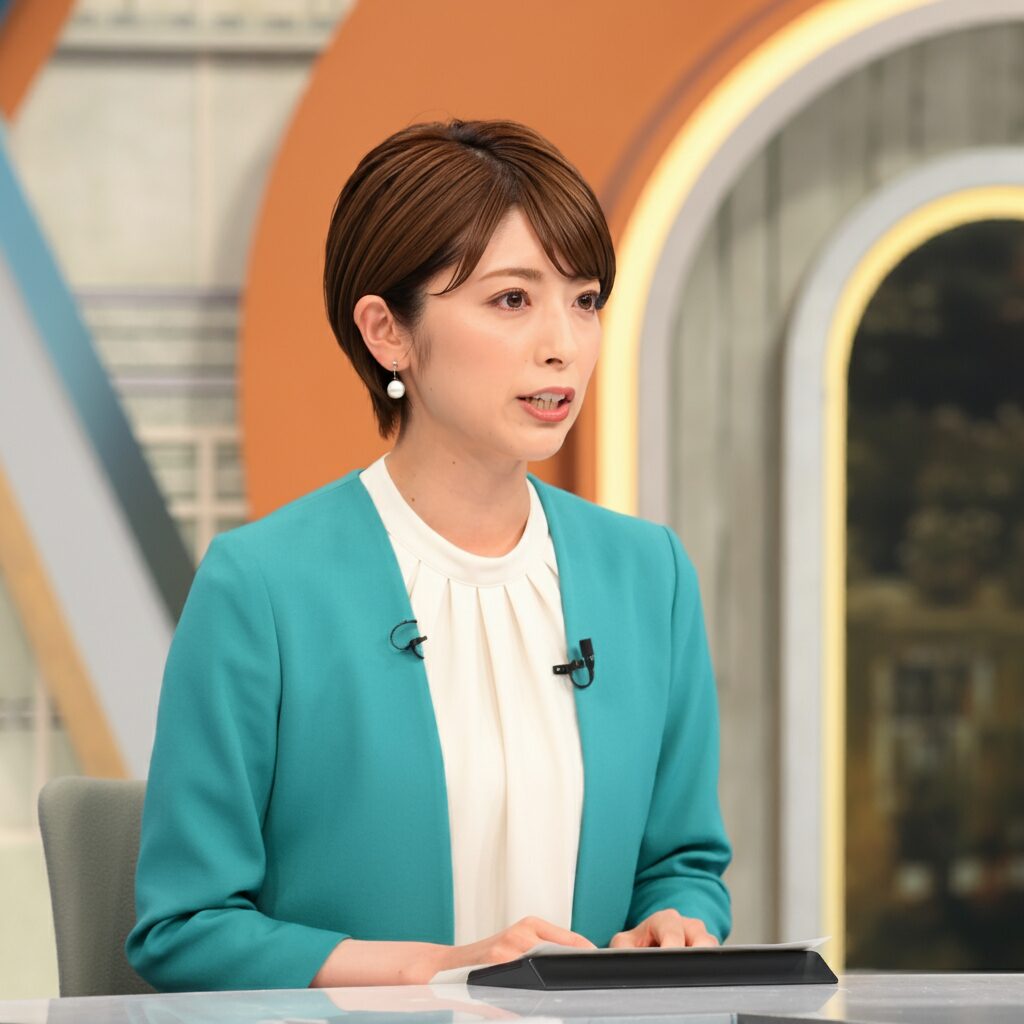
Okay, let’s break down the Ministry of Agriculture, Forestry and Fisheries’ (MAFF) announcement about adding peppers to the “visualization” program and explain what it means in an accessible way.
Headline: Peppers Added to “Visualization” Program for Food Supply Chain Transparency
What’s the Core Idea?
The Ministry of Agriculture, Forestry and Fisheries (MAFF) in Japan has added peppers to the list of agricultural products that are part of their “visualization” initiative. This initiative aims to make the entire journey of a food product, from the farm to the consumer, more transparent. Think of it as creating a “traceability roadmap” for peppers.
What does “Visualization” (見える化 – Mieruka) mean in this context?
“Visualization” (Mieruka) in the context of food and agriculture means making information about the production and distribution processes readily available and easily understandable. It’s about shining a light on the often-hidden details of where food comes from, how it’s grown, processed, and transported.
Why is “Visualization” Important?
There are several key reasons why MAFF is pushing for this kind of transparency:
- Consumer Trust: Knowing where your food comes from and how it’s produced builds trust. Consumers can make more informed choices based on their values, like supporting sustainable farming practices or buying locally-sourced products.
- Food Safety: Traceability is crucial for quickly identifying and addressing food safety issues. If there’s a contamination problem, it’s much easier to track down the source and prevent further spread.
- Efficiency and Optimization: By visualizing the entire supply chain, inefficiencies and bottlenecks can be identified and addressed. This can lead to cost savings, reduced waste, and improved overall productivity.
- Support for Producers: It allows farmers to demonstrate the quality and value of their products. Consumers can better appreciate the efforts that go into producing safe, high-quality food.
- Sustainability: Transparency allows for better monitoring of environmental impacts throughout the supply chain, enabling more sustainable practices.
What Does Adding Peppers Mean Specifically?
When peppers are added to the “visualization” program, it likely means that efforts will be made to track and make information available about various aspects of pepper production and distribution, such as:
- Origin: Where the peppers were grown (specific farm or region).
- Growing Practices: Information about pesticide use, fertilizer application, irrigation methods, and whether organic or other sustainable farming practices were used.
- Harvesting and Handling: Details on how the peppers were harvested, sorted, and packed.
- Transportation: How the peppers were transported from the farm to processing facilities or retailers.
- Processing (if applicable): Information on any processing steps, such as washing, cutting, or canning.
- Distribution: How the peppers were distributed to retailers or other points of sale.
- Certifications: Information on any certifications the peppers or producers hold (e.g., organic certification, GAP (Good Agricultural Practices) certification).
How is this “Visualization” Achieved?
The specific methods used to achieve visualization can vary, but they often involve:
- Data Collection: Farmers, processors, and distributors need to collect and record data about their processes.
- Tracking Systems: Using technologies like QR codes, RFID tags, or blockchain to track products throughout the supply chain.
- Databases and Platforms: Centralized databases or online platforms where information is stored and shared.
- Consumer-Facing Information: Making information available to consumers through labels, websites, or mobile apps.
Possible Implications and Next Steps
- Increased Demand for Transparent Peppers: Consumers may start seeking out peppers with traceable information, potentially giving producers who participate in the program a competitive advantage.
- Adoption of New Technologies: Farmers and distributors may need to invest in new technologies to track and share data.
- Collaboration: Successful visualization requires collaboration among all stakeholders in the supply chain.
- Expansion to Other Products: MAFF may continue to add other agricultural products to the “visualization” program in the future.
In Simple Terms:
Imagine buying a bag of peppers at the grocery store. Instead of just seeing “Product of Japan,” you could scan a QR code on the bag and see:
- The name of the farm where the peppers were grown.
- The type of fertilizer used.
- The date the peppers were harvested.
- The route the peppers took to get to the store.
This is the kind of transparency that the “visualization” program aims to achieve. By adding peppers to the program, MAFF is taking another step towards building a more transparent and trustworthy food system in Japan.
Added peppers to items eligible for “visualization”!
The AI has delivered the news.
The following question was used to generate the response from Google Gemini:
At 2025-04-16 07:20, ‘Added peppers to items eligible for “visualization”!’ was published according to 農林水産省. Please write a detailed article with related information in an easy-to-understand manner.
58